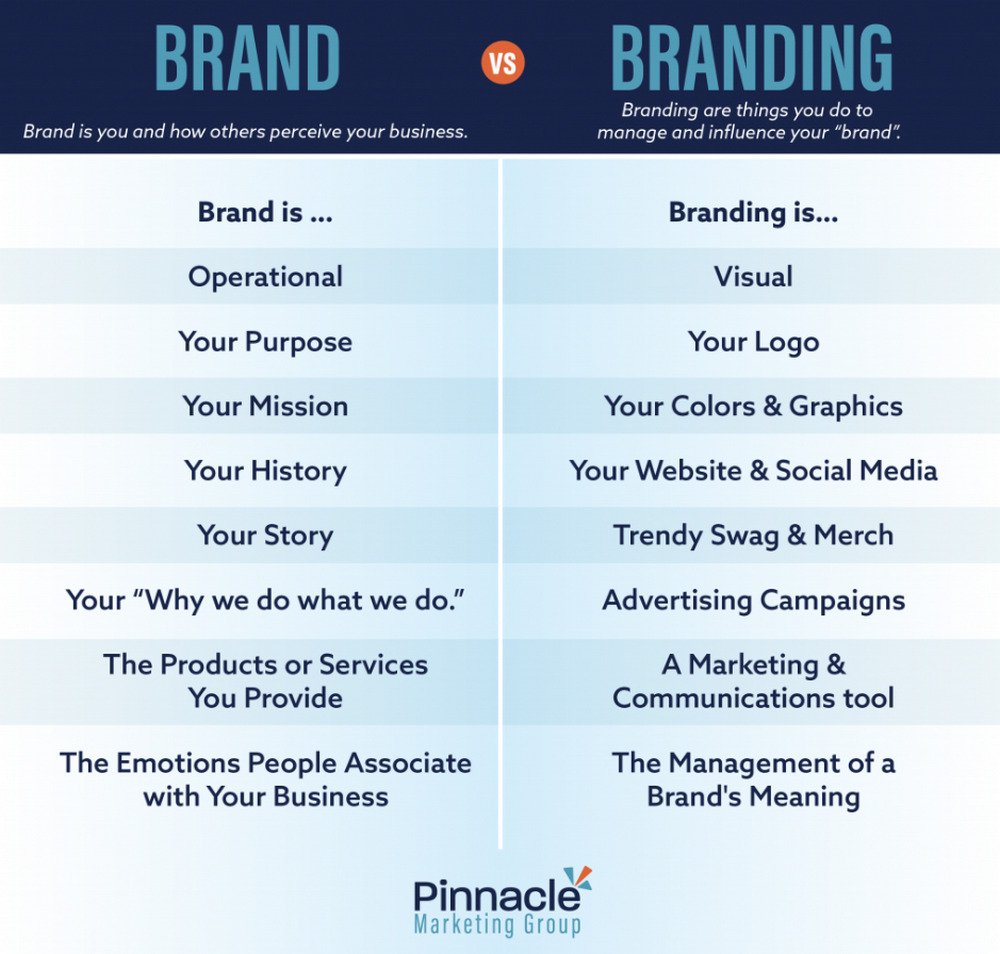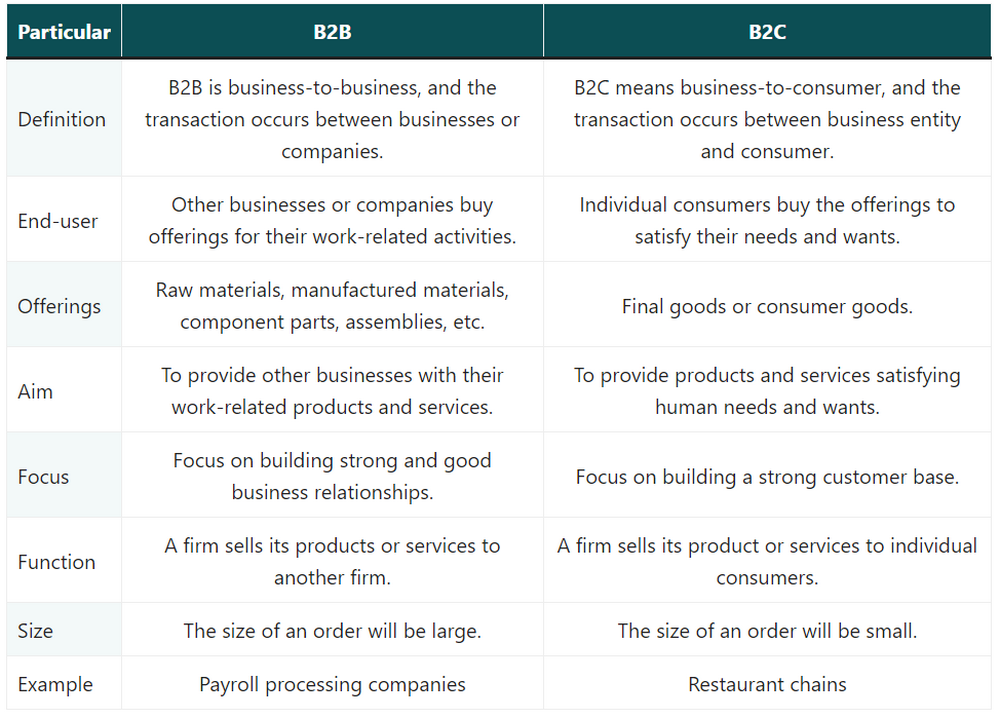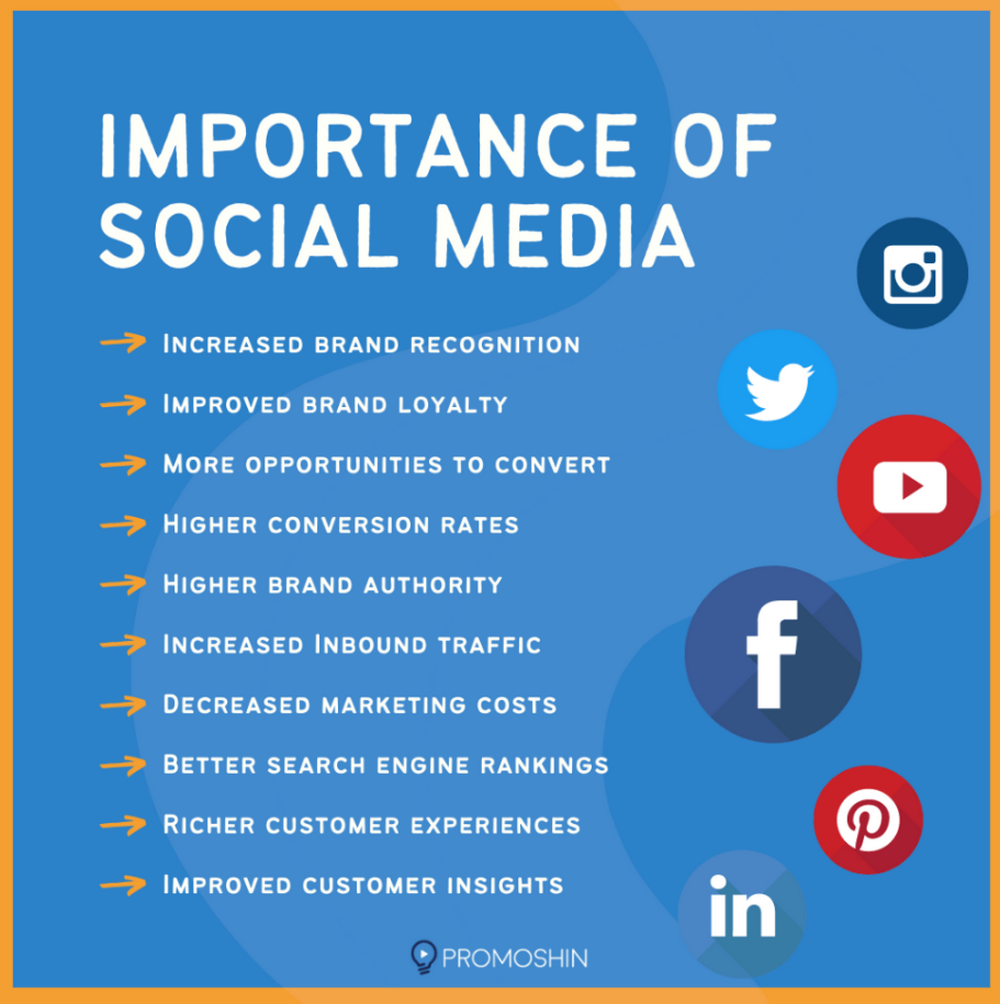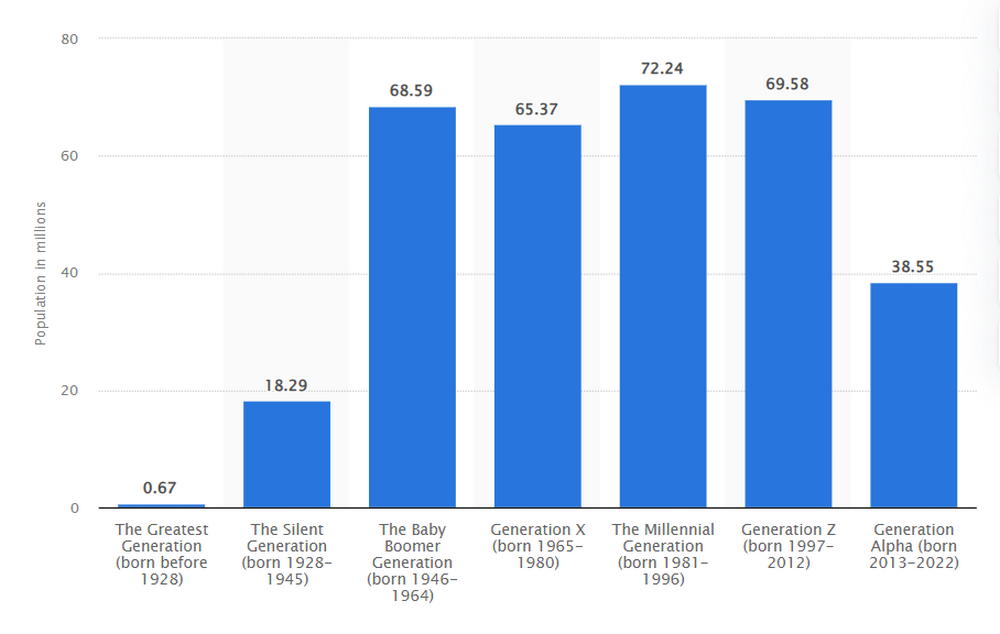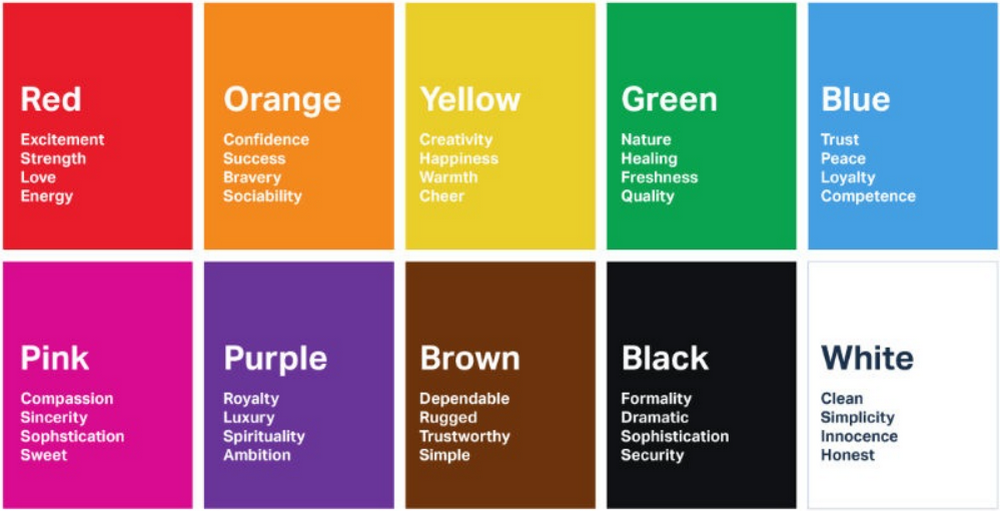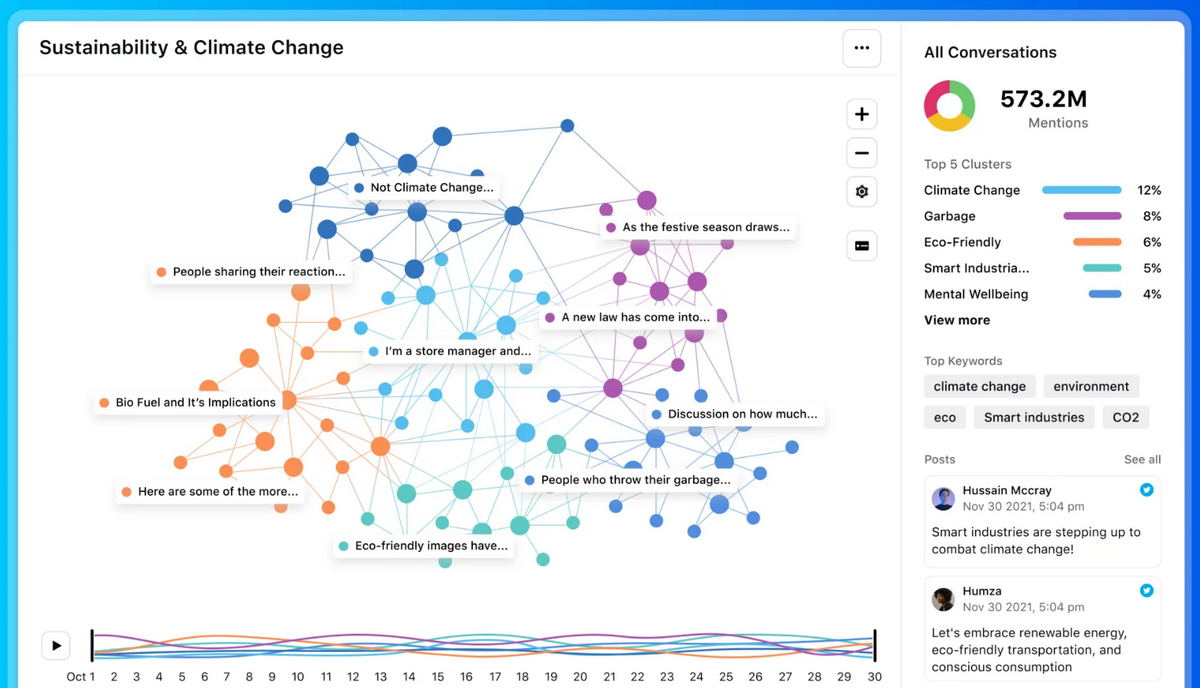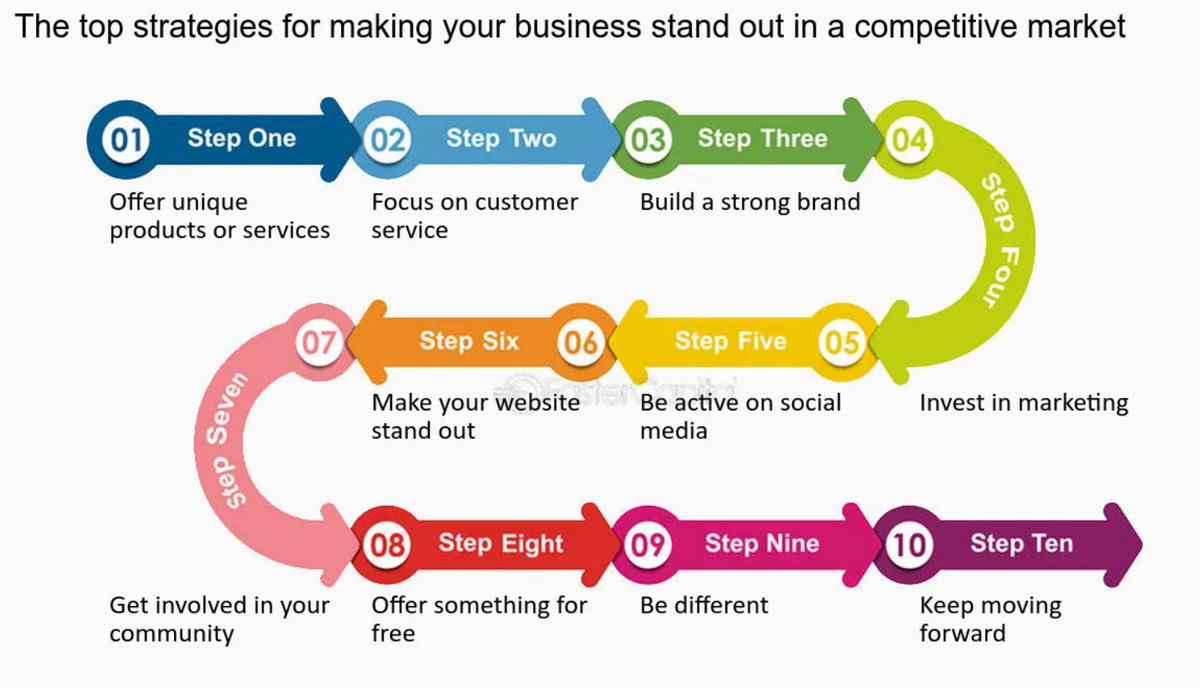Introduction
Do you know that according to studies by McKinsey, B2B companies with strong brands outperform weak ones by 20 percent? As it turned out, the B2B sector has outgrown its conventional wisdom that products and services and their prices are more important than brand positioning.
The modern customer is now more than just rational in its decision-making process. The harsh truth is that interaction between businesses is getting emotional. After all, a business buyer is still a human buyer whose preferences and requirements are influenced by the current environment.
This could mean only one thing: the relationship between sales reps and buyers matters, and branding is as crucial for B2B businesses as for any other sector. Whether it is a startup or a long-established corporation, understanding the importance of B2B branding is vital because strong brand identity and positioning is the only way to keep up with the mainstream, secure progress, and move forward in an oversaturated market.
Let's dive into B2B branding strategies, their potential, and challenges to piece together the bigger picture and define surefire ways to shape a strong brand's image and position for your company.
Brand vs Branding in B2B
We will start by defining the difference between Brand and Branding. Most people use these terms interchangeably since they have numerous similarities. However, they have crucial differences to understand to avoid going off the beaten track and spending your precious time and money in vain. So, what is what?
The brand is a meaningful perception of the company and its products. From a company's point of view, it is a promise that forms certain expectations in customer's minds that leads to an intangible but powerful emotional connection between a business and its clients.
On the other hand, branding expresses your company's personality, ideology, and mission through marketing efforts and numerous means of communication and distribution. It shapes the brand and how others perceive it strategically.
Brand and branding work closely to support your small business and forward it in the market, but they are individual parts of a whole. Each has separate functions and goals, uniquely influencing the company's success and life-long existence.
To understand it even better, consider the primary sequence of the company's development from a branding point of view. First, you create a brand and its integral elements of identity. This includes a mission statement, unique value proposition, personality, slogans, visual identity design, etc.
Only when the brand is described and approved by the main stakeholders can you begin branding: promoting and advertising your company to shape the proper image, build a reputation, establish an emotional connection with prospects, and take up your position in the market.
For organizations that need expert guidance in aligning identity and execution, partnering with a B2B brand strategy agency can help translate strategic vision into measurable brand growth across all channels.
Key Differences Between B2B and B2C Branding
Branding in B2B and B2C exists in vastly different worlds. Understanding their difference is crucial to avoiding common mistakes and choosing the correct branding program to accelerate your company's growth.
First, B2B companies are often expensive and considered a long-term investment, whereas B2C companies are often less expensive and come with discounts necessary to close the one-time purchase.
Second, B2B products have to appeal to a large group of people: stakeholders and department representatives who might have different criteria for purchase. In contrast, B2C products must get the approval of just one person who might influence a small circle of people like friends, relatives, or colleagues. It also needs to be noted that the motivation of B2B customers is based solely on needs, whereas B2C customers are driven mainly by desires, wants, and impulses.
Third, companies have a limited range of customers because they are tailored to just one niche or market segment. As for B2C companies, they have a wide range of prospective customers to target.
Fourth, the B2B sector does not focus on buyer's traits and preferences, whereas the B2C sector has to consider even the tiniest characteristics like demographics, age, gender, and even house income.
Fifth, companies center their strategy around conveying expertise in the field and establishing themselves as a thought leader, whereas B2C companies prioritize product benefits that prospects care about.
Finally, B2B has a much longer sales cycle than B2C. It has to lead many stakeholders through a sales funnel and justify its high price. In contrast, B2C business uses spur-of-the-moment and relatively low prices to convert prospects into buyers with quick marketing strategies.
Importance of B2B Branding
The stark technical and societal realities underlying major market shifts have drastically intensified the importance of intelligent branding for the B2B sector. Nurturing the correct brand associations in your prospects' minds is vital to close the deal and provide a significant reserve for the next collaboration. Let's consider other good reasons why branding matters.
Brand Visibility Increases Potential Customers
Visibility convinces customers to buy from your brand, leading to lower marketing costs and higher conversion rates. This is true not only for B2C brands but also for B2B.
When selling a product to a business, you need to convince multiple parties who weigh in their opinion. Catering to their needs and satisfying everyone is a true challenge. However, it becomes much easier when you have high brand visibility because it ensures high credibility and trust in the eyes of potential customers, whatever department they represent.
It also directly correlates with customer base growth, increasing an ability to acquire and retain customers and maintain better long-term relationships with them.
Brand Reaches Audience through Digital Channels
Digital transformation has revolutionized the entire world. Social media, video streaming, and websites are integral to a customer's life.
Brand Builds Customer Loyalty
A strong brand identity increases customer loyalty, which stands behind long-term benefits.
For instance, it encourages repeat customers to convert and spend more frequently. It also acquires new customers, spending less money and time. Finally, it influences customer patronage and a sense of belonging, making people more likely to continue using that brand regardless of alternatives in the market.
Brand Grabs Every Opportunity in Competitive Markets
A strong, recognizable brand differentiates the company from market competitors and provides a solid competitive advantage. It helps spot and exploit opportunities that come and go, reinforcing the company's presence with every favorable circumstance.
Brand Underlies Long-Term Strategies for Company's Survival
There is hardly an underserved niche. Business needs to go the extra mile to secure their position in the market. Investing in brand development from the early stage is one of the ways to move forward because the purpose-driven brand creates strategies for achieving short-term and, most importantly, long-term goals vital for company survival and long-life existence.
Branding Is the Way to Target Millennials
Millennials are an essential target market for B2B companies since they represent the largest group. However, there is a catch: this generation of consumers is much savvier than their parents were at that age.
They are also the most risk-averse from all types of audiences and less likely to convert easily to advertising and marketing tricks due to their general skepticism. This means that brands that exude trust and reputation are the best way to target this group.
Common Challenges in Crafting a B2B Branding Strategy
B2B companies face many unique challenges that can undermine efforts and damage hardly-earned reputations. Let's consider three main challenges that require a different approach from B2C branding.
Long Sales Cycle
B2B brands are infamous for long sales cycles caused mainly by multiple decision-makers. This brings much uncertainty about whether businesses may buy from you. Tracking buyer's journeys and interactions through the sales funnel is also getting more challenging.
Therefore, companies must maintain a consistent and cohesive brand image across all touchpoints and, most importantly, sustain their branding efforts over a long period.
Multiple Decision-Makers
B2B brands are bound to cater to the needs and preferences of multiple stakeholders who might pull in different directions. Meeting these demands requires the company to capitalize on its brand identity, values, mission, promise, and proposition and make them resonate with every key persona.
Lack of Differentiation
As we have already stressed out, the market is overcrowded. This raises one of the biggest challenges for companies today: avoiding being mediocre. Standing out in the overserved market is crucial to saving loyal clients, increasing the customer base, and successfully fighting cheaper or more innovative alternatives.
Overcoming this pitfall calls for numerous measures, but first and foremost, it needs a strong brand identity and strategy to underlie its actions and marketing efforts.
The Best Practices for Effective B2B Branding Strategy
Turning a mediocre branding strategy into an effective one requires businesses to adopt these best practices in the niche.
Define Company and Values First
The early-stage brand identity determination and specification must be stressed more. Whether in B2C or B2B, defining your company's values, mission, philosophy, ideology, language, culture, and visual elements (logo, coloring) from the outset is critical to set your business on the right path immediately, avoid misleading actions across all departments and channel efforts in the right direction.
Therefore, ensure you have nailed this stage before moving to marketing and advertising.
Fine-Tune Visuals and Color Palette
A company's visual identity, even in the B2B sector, is a cornerstone of everything: presence, strategies, campaigns, etc. It represents the company's ideology, conveys its key messages, and creates an emotional connection between parties.
Since visuals and color may have meaning and generate a gamut of emotions by default, aligning everything with the brand's personality is vital.
Use Data-Driven Research
Data-driven research involves analyzing all crucial aspects of the market: audience, competition, opportunities, and challenges. It provides credible insights that help the business make correct assumptions and thoroughly understand how to create a marketing strategy to move forward and fight competition.
Prioritize Customer Experience
Although measuring the impact of customer experience on brand identity is problematic, recent case studies show that customer-centered brand-building separates the business from the competition, builds loyalty, generates new leads, and reinforces relationships with the market.
Therefore, training your customer-facing employees and providing the best brand-centric user experience across all touchpoints is vital.
Engage and Monitor Social Media
Social media marketing is undoubtedly one of the most powerful tools these days. It is a huge, regularly updated, and, most importantly, live market.
Not only is it a place to promote your brand, but it is also a great source of verified information on trends, preferences, needs, and expectations of the target audience. It is also a great platform to get feedback on your product or service and the brand's perception to represent necessary improvements.
Use professional platforms to engage and monitor social media platforms.
Leverage Your Own Experience
Analyzing internal data is one of the essential steps in a brand's development. It ascertains the company's strengths, weaknesses, threats, and opportunities. It provides a solid foundation for taking correct actions to mitigate risks, overcome flaws, and grow the company's strengths, surfacing new opportunities for business development.
Ensure Consistency in Posting
Many decision-makers thoroughly research the company, its products, and its presence in the community before striking a deal. It is here where content marketing feeds them with necessary information.
On top of that, a consistent content publication through digital means of communication instills trust, enhances brand recognition, improves search engine optimization, and, most importantly, establishes a strong reputation benefiting the company in other ways.
Unify Content Strategy
Much like providing consistency in posting through digital channels, creating a united front by ensuring content strategy coherency is vital.
Content that aligns with the brand's core values is more likely to build a competitive advantage, increase loyalty, and provide a higher rate of word-of-mouth marketing.
It also enhances reputation and shapes the proper brand's image. Therefore, identify what content you need and don't and what channels to use to serve it to the audience.
Professional Tips to Level Up B2B Branding Strategy
As Steve Jobs put it: "Details matter. It's worth waiting to get it right." Although his company operates in the B2C sector, this wisdom applies to B2B brands. To level up the game, businesses must go the extra mile with detalization.
Let's consider some minor but essential tips that enhance branding strategy and make a difference.
Avoid Chaos in Strategy and Positioning
Changes in customer demands, employee needs, and marketplace shifts may bring chaos to the fiscal year. However, companies should refrain from embracing it in strategy and positioning.
The disorganized approaches leave a huge aftermath. Companies lose focus and strategic thinking, leading to operational inefficiencies and performance setbacks.
Dare to Stand Out
Gaining attention in an overcrowded market may cause some substantial investments. Plus, it is risky: no one will guarantee a positive ROI.
However, standing out from the crowd is crucial to securing your brand position, reinforcing your reputation, maintaining customer loyalty, and getting a valid opportunity to acquire new leads. Therefore, exploit your brand's unique personality and promote it through numerous touchpoints.
Maintain Design Uniformity
Consistent positioning aligned with values and identity allows the audience to recognize and build correct associations with a brand with every interaction. This generates authority in the segment and increases loyalty, turning the company into a thoughtful leader in the market.
Leverage Employees as Assets
Employees are precious company assets that regularly stay underestimated. This is a big mistake because they benefit the company in many ways. Apart from doing their job, they deliver customer value, create memorable user experiences, and advocate the brand's personality.
Therefore, it is crucial to do regular training to keep everyone on the same page and exploit different ways for employees to contribute to the company's success.
Conclusion
According to BCG, Strong B2B brands show a 74% higher return on their brand marketing investment and hold a 46% larger market share than weaker ones. This means the traditional way of investing only in products or services and sales is no longer working. Emotional connection and relationships with the company make branding strategies crucial to success.
However, it takes work. B2B branding has some stark differences from B2C]. For instance, it has a longer sales cycle and deals with multiple decision-makers. Therefore, it requires a unique approach and following such best practices as underlying a solid foundation for brand identity, staying aligned with values across touchpoints, building loyalty through digitalized channels, increasing brand visibility, and leveraging employees.
When done right, brand identity helps companies create much-needed human connections with people who represent other companies and meet their expectations and needs, striking a much-needed deal.
Sep 19, 2023
